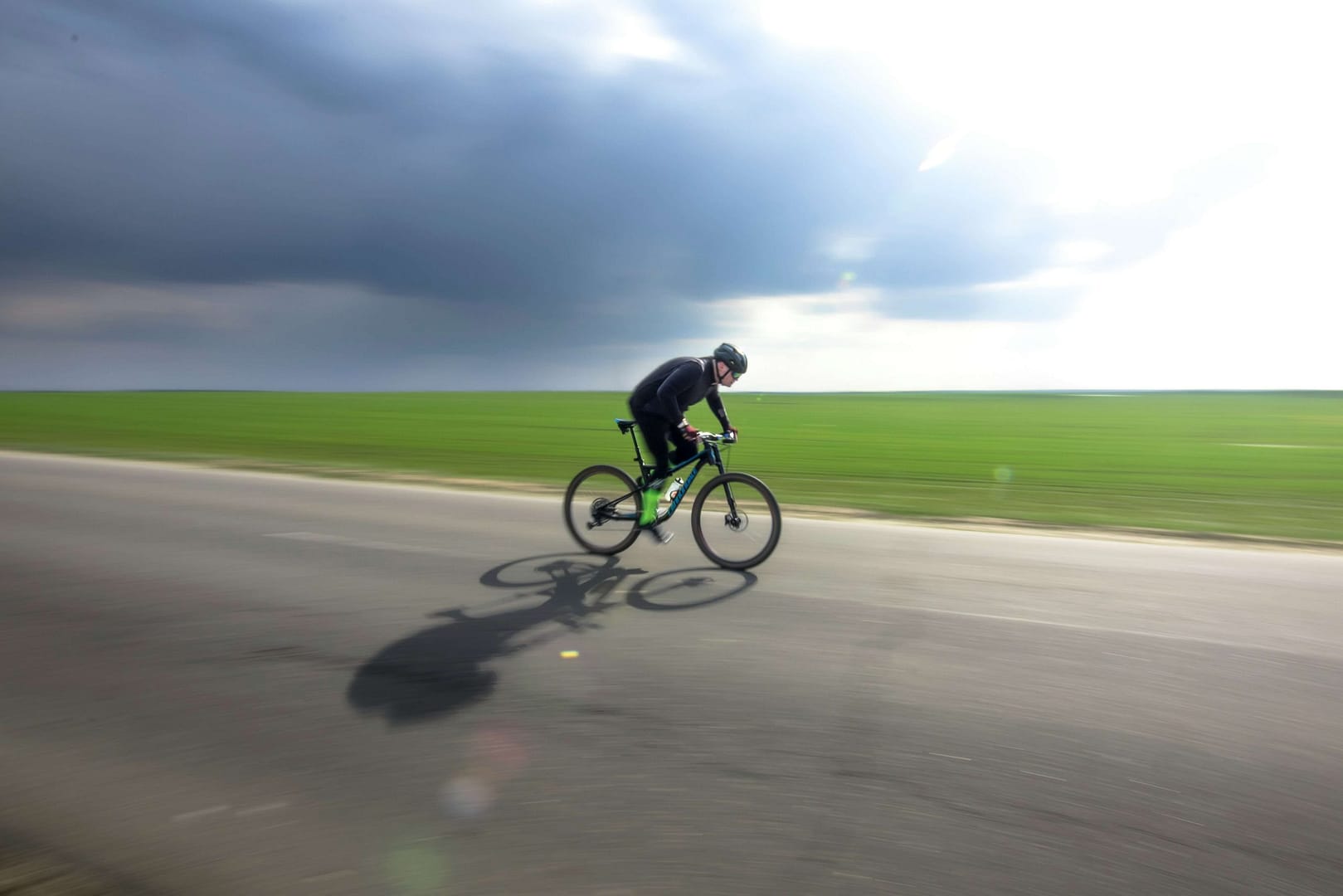Cycling on the UK’s highways can be a liberating experience. The wind whipping through your hair, the world blurring past – it’s a fantastic way to get around and enjoy the scenery. But with freedom comes responsibility. Highways, also known as A-roads in the UK, are designed for motor vehicles, and cycling on them comes with inherent risks.
This guide will equip you with the knowledge and tips you need to navigate the UK’s highways safely and confidently. We’ll delve into the legalities, explore essential safety gear, and equip you with road-tested strategies for a smooth ride. So, buckle up and let’s get started. we will also highlight how you can start a road traffic accident claim with national claims.
Gearing Up for Success: Essential Equipment for Highway Cycling
Safety is paramount when cycling on highways. Here’s a breakdown of the must-have gear:
- High-Visibility Clothing: Make yourself a beacon on the road! Invest in a bright fluorescent cycling jersey and reflective bib shorts.
- Helmet: This one’s a no-brainer. A properly fitted helmet can significantly reduce the risk of head injuries in a collision.
- Lights: Be seen, be safe! Ensure your bike has a white front light and a red rear light, both with good battery life. Consider using daytime running lights for added visibility.
- Reflective Gear: Complement your high-visibility clothing with reflective ankle straps, spoke reflectors, and reflective patches on your backpack.
The Highway Code: Your Cyclist’s Rulebook
The Highway Code is your bible when cycling on UK highways. This official document outlines the rules and best practices for all road users, including cyclists [refer to The Highway Code – Rules for cyclists (59 to 82) – Guidance – GOV.UK for details]. Here’s a quick rundown of key points to remember:
- Know Your Limits: Highways are designed for high speeds. Assess your fitness level and choose stretches of highway with wider lanes or designated cycle paths whenever possible.
- Positioning is Key: Ride confidently in the center of the lane, especially on roads without dedicated cycle lanes. This makes you more visible to motorists.
- Signaling: Just like drivers, cyclists need to signal their intentions. Use clear hand signals for turning and stopping.
- Night Riding: If cycling at night, ensure your lights are in good working order and avoid poorly lit stretches of highway.
Remember: The Highway Code is a set of guidelines, not absolute laws. Use your judgment and prioritise your safety above all else.
Sharing the Road: Coexisting with Motor Vehicles
Highways are a shared space, and cyclists need to be mindful of motor vehicles. Here are some tips for harmonious coexistence:
- Be Predictable: Maintain a steady pace and avoid erratic maneuvers that could confuse drivers.
- Mind the Blind Spots: Large vehicles have significant blind spots. Be extra cautious when passing trucks and buses, and make eye contact with drivers whenever possible.
- Respect Traffic Signals: Just like drivers, cyclists must obey traffic lights and signs.
By following these tips and adopting a courteous and predictable riding style, you can significantly improve your safety and the safety of those around you.
Beyond the Basics: Advanced Highway Cycling Techniques
Once you’ve mastered the fundamentals, consider these advanced techniques to further enhance your highway cycling experience:
- Drafting: Experienced cyclists sometimes utilise drafting – riding closely behind a larger vehicle – to reduce wind resistance and conserve energy. However, this technique requires excellent judgment and should only be attempted by confident cyclists on suitable stretches of highway with minimal traffic.
- Group Riding: Cycling with a group can be a fun and motivating experience. However, ensure everyone in the group adheres to safe riding practices and maintains proper spacing.
- Planning Your Route: Before venturing onto a highway, map out your route in advance. Look for highways with wider lanes, dedicated cycle paths, or quieter stretches with lower traffic volumes.
Remember, these are advanced techniques, and mastering them takes practice and experience. Start slow, prioritise safety, and gradually build your confidence.
Receive a Call About Your Claim
Making Informed Choices: When to Avoid Highways
While highways offer a direct route, they’re not always the safest option. Here are some scenarios when alternative routes might be better:
- High Traffic Volume: Heavy traffic can be intimidating for cyclists. Consider quieter backroads or designated cycle paths for a more relaxed journey.
- Poor Road Conditions: Uneven surfaces, potholes, or debris can pose a serious threat to cyclists. Opt for smoother roads for a safer ride.
- Adverse Weather: High winds, heavy rain, and limited visibility significantly increase the risk of accidents. Stick to safer routes during adverse weather conditions
Making a Cycling Accident Claim with National Claims
Cycling on the UK’s highways can be exhilarating, but accidents do happen. If you’ve been involved in a cycling accident on a highway and weren’t at fault, National Claims is here to help you get the compensation you deserve. Here’s how we can support you:
Free Claim Assessment:
Our friendly team will listen attentively to the details of your accident. We’ll assess the situation, considering factors like the Highway Code, witness statements, and police reports, to determine the strength of your claim.
No Win, No Fee:
We understand the financial stress an accident can cause. That’s why we operate on a “No Win, No Fee” basis. You won’t pay a penny upfront, and our fees only come into play if your claim is successful.
*Customers pay up to 25% (incl. VAT) of the amount recovered towards solicitor costs and if you cancel outside your cooling off period, you may be charged a fee.
Conclusion
Cycling on the UK’s highways can be a rewarding experience, offering a direct route and beautiful scenery. However, it requires careful preparation, adherence to safety guidelines, and a healthy dose of respect for motor vehicles. By following the tips in this guide, equipping yourself with the right gear, and prioritising your safety, you can navigate highways with confidence. Remember, the journey is just as important as the destination. So, embrace the wind in your hair, enjoy the ride, and arrive safely!
Contact us today to speak to one of our claims agents who will be able to help you get started on your claim.
Click below to see why we are one of the most trusted claims management companies in the UK.

We’re proud of our excellent customer reviews
We thrive on delivering exceptional service and ensuring our clients’ satisfaction. Don’t just take our word for it. Check out some of our independent reviews to see what our clients have to say.
Excellent

This firm is excellent, they sorted out my car pay out and injury claim very fast, they always communicate with you all the time.

My accident case was dealt with confidence and with great result of the outcome, especially James kept me informed all the time.

I was very impressed at the way my inquiry was treated. I was listened to attentively and everything I needed to know was explained to me.






